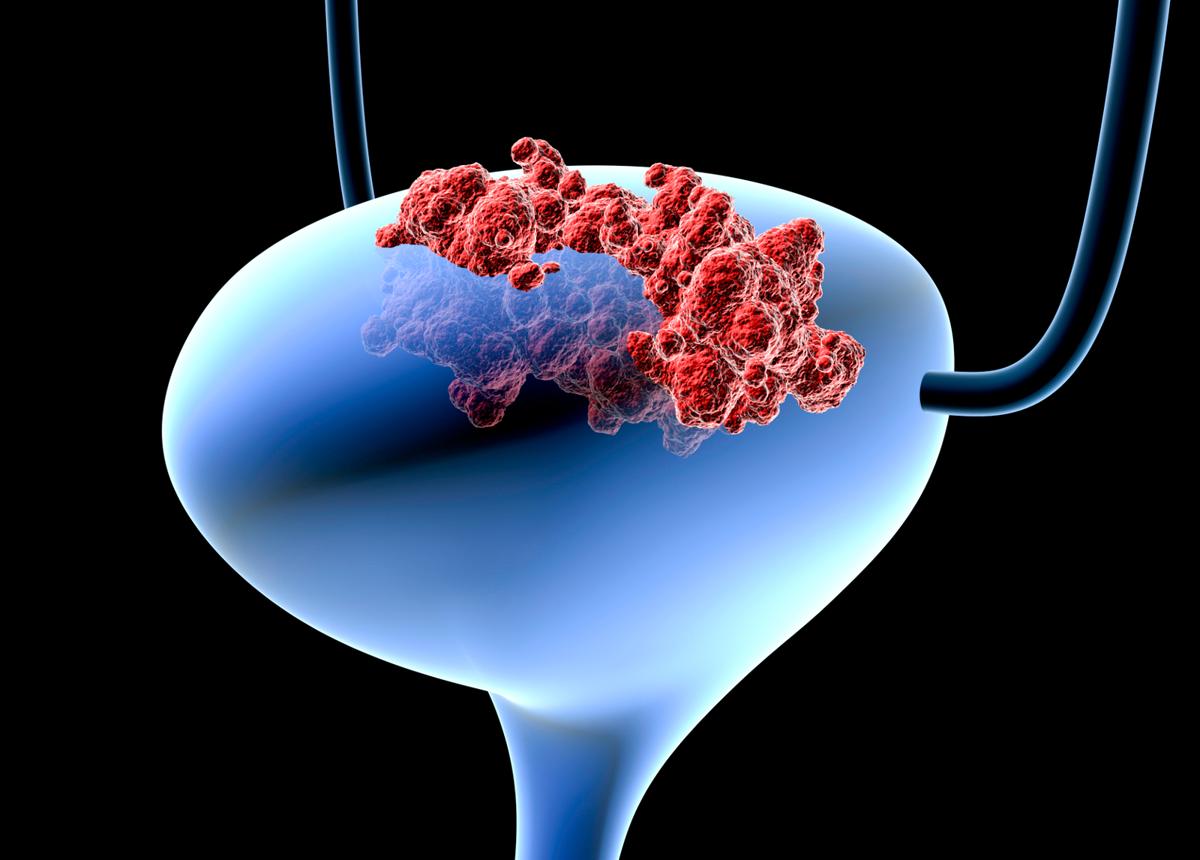
According to a study, bladder cancer is one of the most common type of cancers. It generally affects older adults, though it can occur at any age. The upcoming HealthHearty article provides in-depth information on bladder cancer symptoms and treatment.
Every year, around 60,000 to 80,000 people are diagnosed with bladder cancer, and around 10,000 people lose their lives to this disease. It is 3 to 4 times more likely to be detected in men than in women, and it is more prevalent in white men when compared to African-American men. This cancer killed an estimate of 15,210 people in 2013.
What is Bladder Cancer?
✔ It is an uncontrolled, unnatural growth and multiplication of carcinogen cells in the urinary bladder. These cells can no more be controlled by the normal mechanisms of the body. The lumps (nodules) developed inside the bladder can be malignant or benign.
✔ Bladder is a muscular, balloon-shaped hollow organ that stores urine (a fluid that contains water and wastes not required by the body). The kidney separates the waste products from our blood and passes it to the bladder for eliminating it from the body.
✔ This cancer is classified into different types based on the appearance of its cells under the microscope. The types include: transitional cell carcinoma (a common type of bladder cancer, which develops in the cells present in the lining of the bladder walls), squamous cell carcinoma, and glandular cell carcinoma, also known as, adenocarcinomas.
✔ It is also classified based on the nature of the tumor and the extent of its spread. It is called superficial bladder cancer if the tumor has not gone beyond the linings of the bladder and spread to the other parts.
✔ It is called invasive cancer if it starts spreading to the muscle walls of the bladder (this type has a greater probability of spreading to the other parts of the body).
Who is at Risk?
☛ Like any other type of cancer, people in their old age (who are 60 and above) are mainly at the risk of developing bladder cancer. History indicates that majority of the patients are males (amongst those suffering from this cancer, around 70% are males).
☛ According to a study, obese people, cigarette smokers, and people who prefer junk or processed foods over fruits and vegetables are at the highest risk of developing this disease. Also, people suffering from hematuria are also highly prone to developing this condition.
☛ Even people who come in contact with minerals, such as iron, steel, and other cancer-causing environmental toxic substances are highly susceptible to acquiring this illness.
Symptoms
- The patient cannot hold the normal volume of urine and needs to pass it frequently.
- He/she may experience pain in the area near the bladder, such as the pelvis region and also while urinating.
- Experiencing burning sensation while passing urine.
- Despite feeling the urge to urinate (assuming that the bladder is filled), the person may not be able to do so.
- Presence of blood in the urine (hematuria), which makes it appear bright red or cola colored.
Diagnosis
✔ Your doctor may first test your urine sample to detect possible infection and presence of blood. He/she may suggest you to undergo cystoscopy in order to determine any abnormality inside the bladder.
✔ A urogram, also known as intravenous pyelogram, can also be used to diagnose this cancer. In a urogram, a special type of dye is injected into the patient, which is then excreted from the blood by the kidneys. This dye is then examined through X-ray scanning in order to detect any abnormalities.
✔ Along with the above-mentioned techniques, CT scan, MRI scan, and few other techniques, such as ultrasound imaging and urine-based tests are also used for diagnosing this cancer.
Treatment Options
☛ Like the other types of cancers, bladder cancer can also be treated using surgery, radiotherapy, hormone therapy, medication, chemotherapy, immunotherapy, nutritional therapy, interferons/interleukins, etc.
☛ Surgery, also known as cystectomy, is used to remove the infected part of the bladder or the entire bladder from the patient’s body. The organs removed in men during cystectomy include bladder, prostate, and lymph nodes, whereas in women it includes the bladder, uterus and also some part of the anterior vagina-wall.
☛ Medication can be used to destroy the remaining infected cells and help the patient regain strength after the surgery. The type and combination of various remedial options to be followed will be decided by the physician based on the stage of cancer and complexity associated.
☛ For patients with bladder cancer in its early stage, transurethral resection (TUR) can also be employed depending on various factors. In this technique, the tumor on the bladder wall is scrapped using a resectoscope.
However, there are certain side effects of the various intervention options, such as the destruction of uninfected cells after radiotherapy, the patient may experience lethargy due to the strong medication, etc. Therefore, it is very important to pay proper attention to the patient’s diet and take proper medication after the cancer treatment. Patients are generally advised to undergo a bladder re-construction therapy after the removal of the infected bladder.
You can minimize the risk of acquiring bladder cancer by quitting smoking, as smokers are most prone to developing any type of cancer. Try to include vegetables and fruits in your daily diet, and avoid the intake of junk or processed foods. Also, avoid exposing yourself to toxic substances, such as chemicals, and take the necessary precautions before you handle such things. Exercise regularly and get into the habit of undergoing routine medical tests to keep any sort of health problem at bay.
Disclaimer: This HealthHearty article is for informative purposes only and should not be used as a replacement for expert medical advice.


